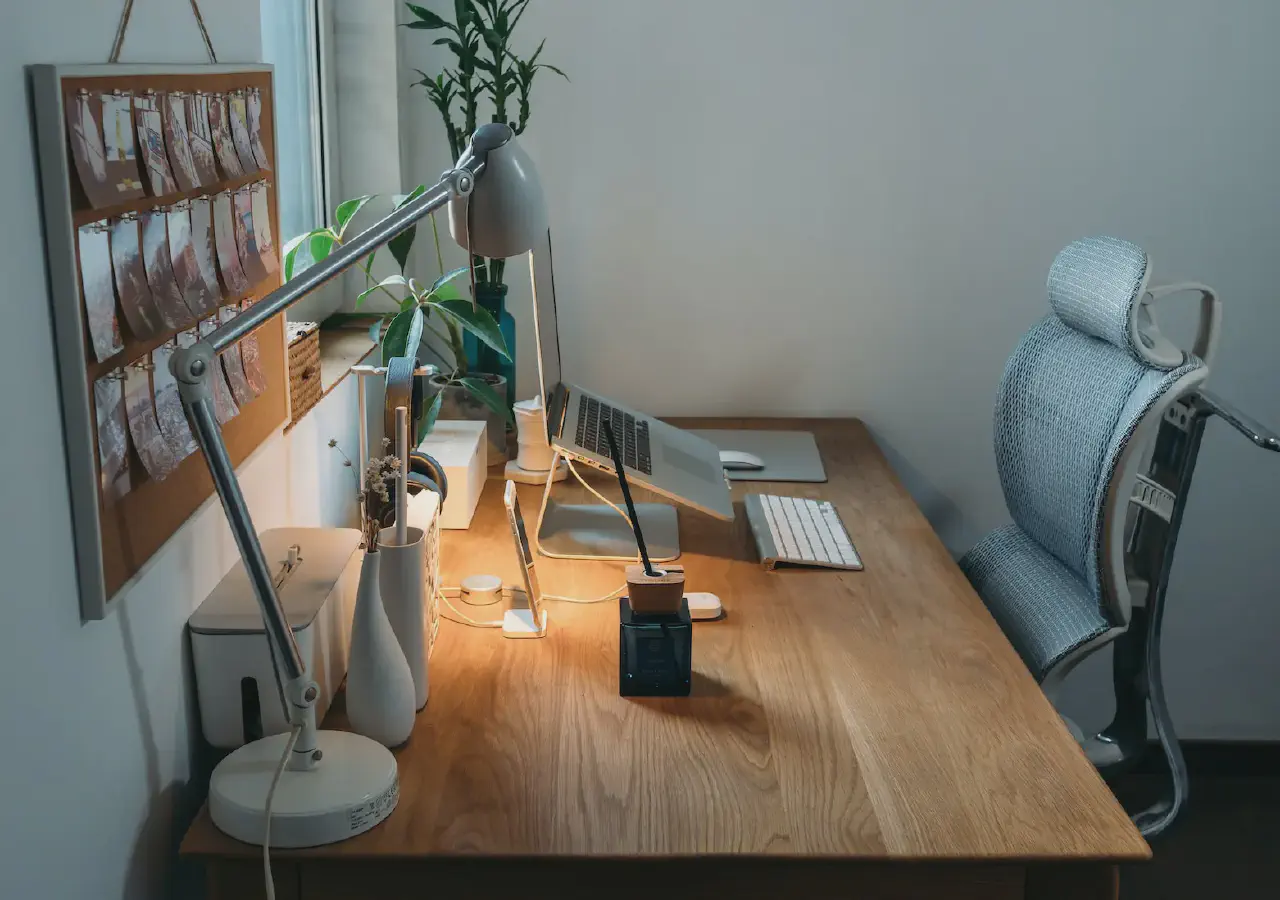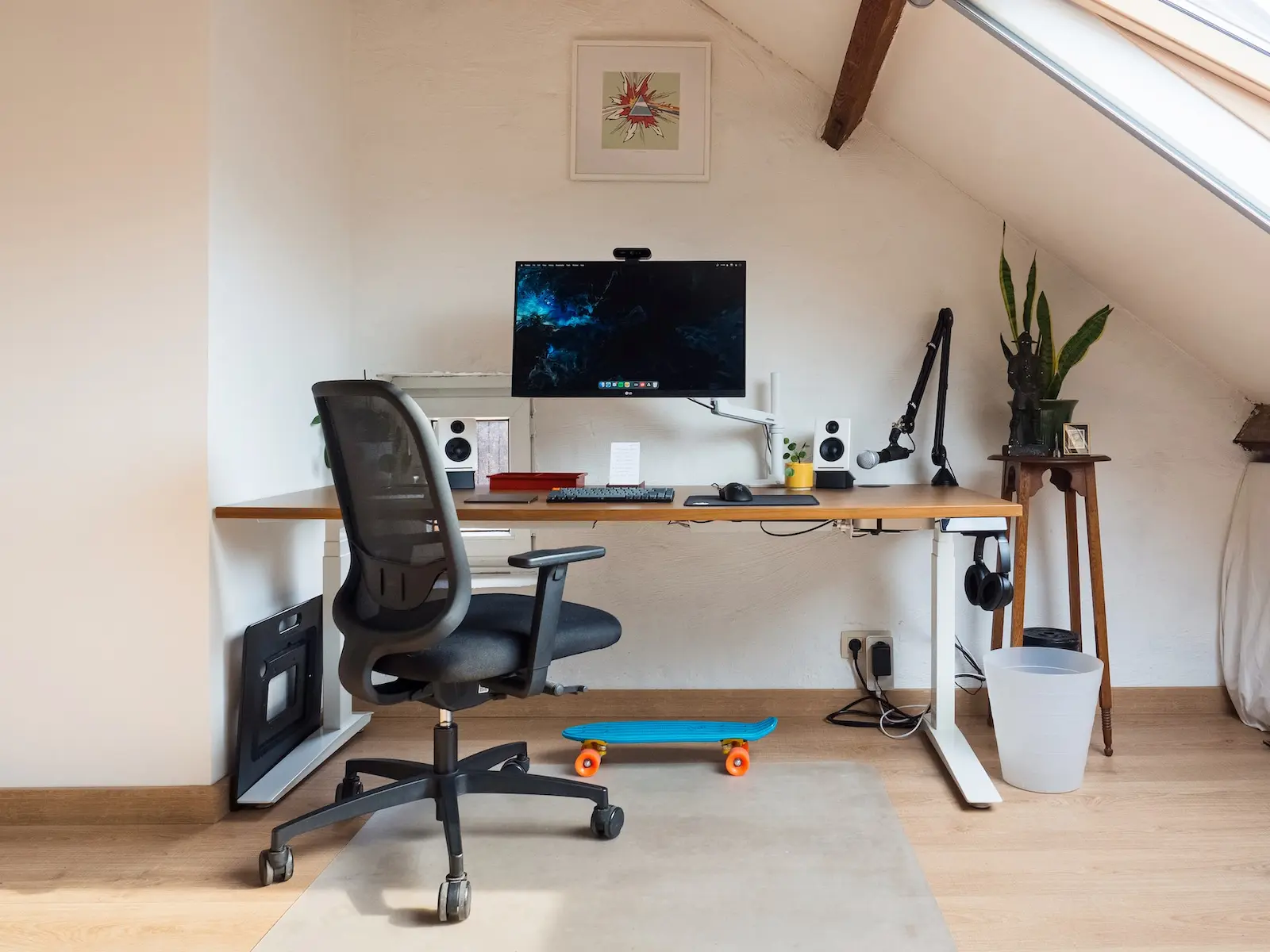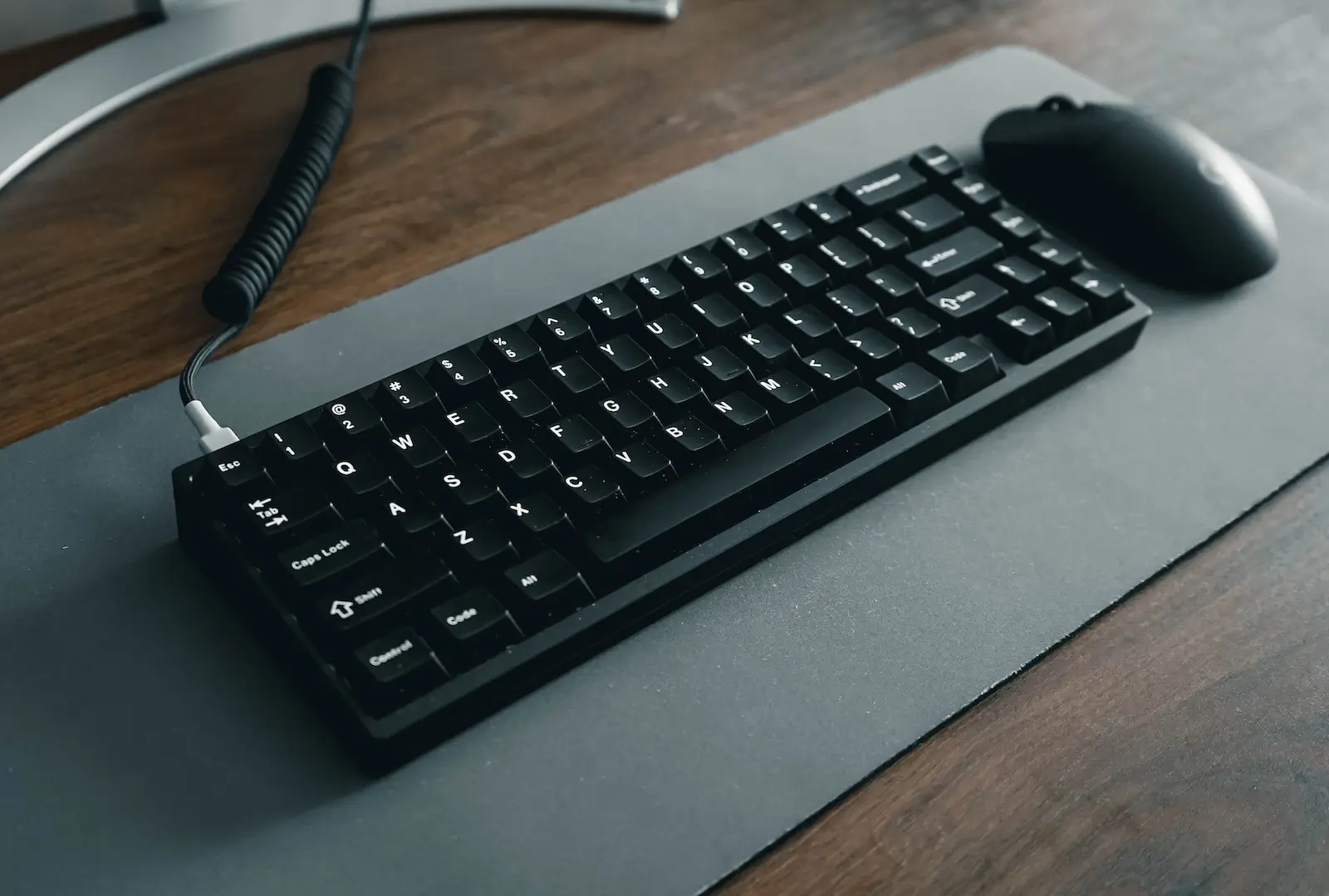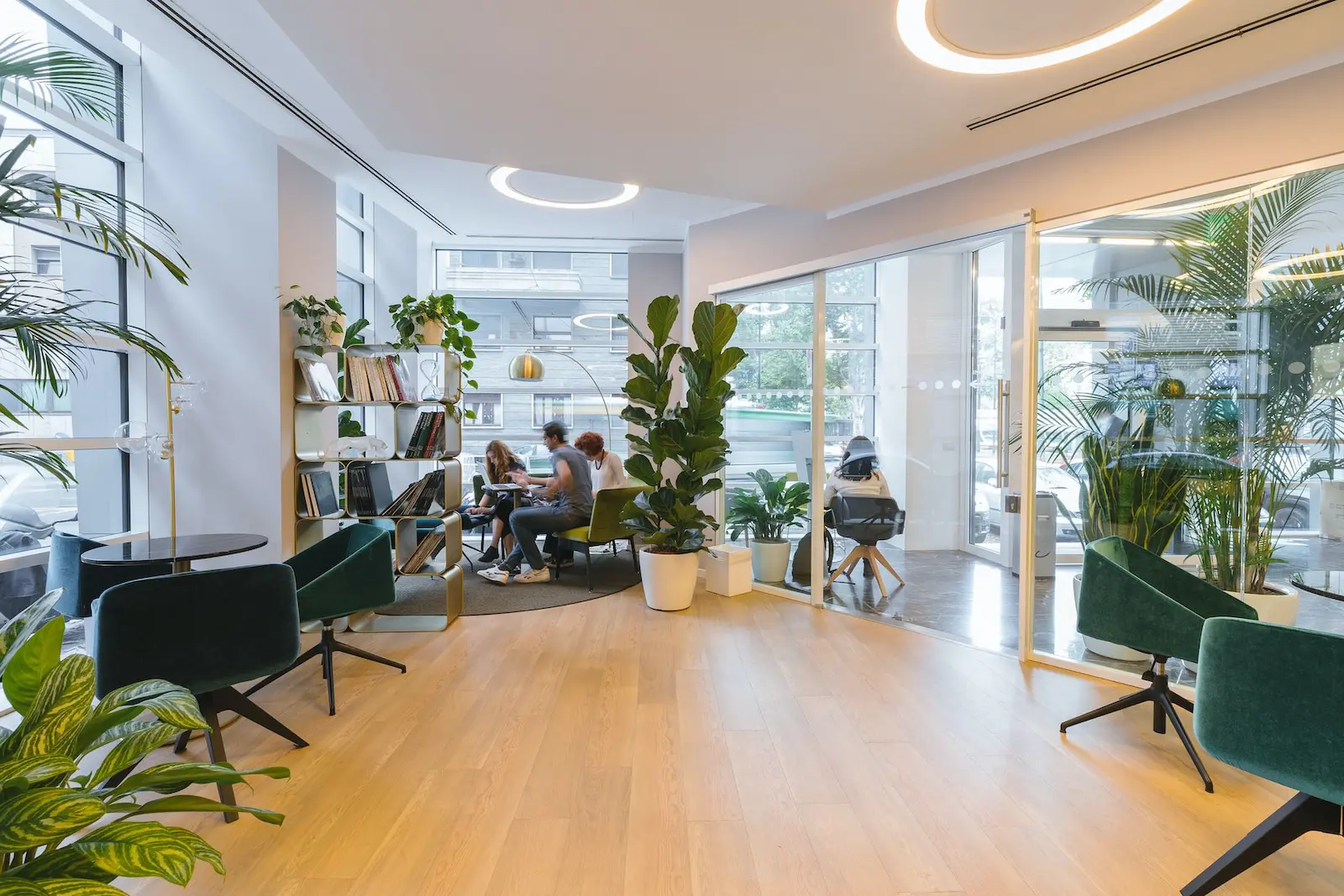Ultimate Ergonomic Workspace: Top Tips for Remote Workers

Introduction
As remote work and freelancing continue to grow in popularity, the importance of a comfortable and efficient workspace becomes increasingly evident. An ergonomic workspace not only enhances your productivity but also helps you maintain good health and prevent issues like neck and back pain, wrist strain, and eye fatigue. In this article, we’ll guide you through the essential steps to create the ultimate ergonomic workspace that caters to the unique needs of remote workers and freelancers. We’ll discuss everything from choosing the right desk and chair to optimizing your computer setup and workspace organization, ensuring you work comfortably and efficiently.
Choosing the Right Desk

Selecting the right desk is a critical component of creating an ergonomic workspace. A suitable desk should accommodate your work style, equipment, and space requirements while promoting proper posture and comfort. One popular option is a height-adjustable standing desk, which allows you to alternate between sitting and standing throughout the day, reducing the risks associated with sedentary work. In fact, we have a series of articles reviewing standing desks that can help you make an informed decision.
When choosing a desk, consider the following factors:
- Height: Ensure the desk height allows your arms to be parallel to the floor when typing, with your elbows at a 90-degree angle. Adjustable desks provide the flexibility to fine-tune the height for optimal comfort.
- Workspace: Make sure the desk has ample space for your computer, peripherals, and any other essential work items while still allowing you to maintain a clutter-free environment.
- Quality and Stability: Invest in a desk made from durable materials and with a stable design to support your equipment without wobbling or shaking during use.
- Cable Management: Look for desks with built-in cable management solutions or add cable organizers to keep cords organized and out of the way.
Selecting an Ergonomic Chair

An ergonomic chair plays a pivotal role in supporting your body and maintaining proper posture throughout the workday. Investing in a high-quality chair can help reduce strain and discomfort, leading to increased productivity and better overall health.
Consider the following factors when selecting an ergonomic chair:
- Adjustability: Look for a chair with adjustable seat height, armrests, backrest, and tilt to accommodate your unique body shape and workspace setup.
- Lumbar Support: Ensure the chair offers adequate lumbar support to maintain the natural curve of your spine, preventing lower back pain and strain.
- Seat Depth and Width: Choose a chair with a seat that is wide and deep enough to comfortably support your hips and thighs without compressing the back of your knees.
- Seat Cushion: Opt for a chair with a firm yet comfortable seat cushion made of high-quality foam or other supportive materials.
- Breathable Material: Select a chair with a breathable fabric or mesh backrest to promote air circulation and prevent heat build-up during long work sessions.
- Swivel and Casters: A chair that swivels and has smooth-rolling casters allows for easy movement and access to your workspace without straining your body.
Positioning Your Computer and Monitor

Proper positioning of your computer and monitor(s) is crucial to prevent eye strain, neck pain, and poor posture while working. By considering the quality of your monitors and their adjustability, you can create an ergonomic workspace that enhances your comfort and productivity.
Here are some key factors to consider when positioning your computer and monitor(s):
- Monitor Height: Position the top of your monitor(s) at or slightly below eye level, so you don’t need to tilt your head up or down to view the screen comfortably.
- Monitor Distance: Place the monitor(s) at an arm’s length away (approximately 20-30 inches) to maintain an optimal viewing distance and reduce eye strain.
- Monitor Angle: Tilt the monitor(s) back slightly (10-20 degrees) to ensure you’re looking down at the screen at a comfortable angle.
- Quality of Monitors: Invest in high-quality monitors with adjustable brightness, contrast, and color settings to minimize eye strain and improve your viewing experience.
- Monitor Mounts: Consider using monitor mounts or adjustable monitor arms to easily adjust the height, angle, and distance of your monitors for optimal ergonomics.
- Dual Monitor Setup: If using a dual monitor setup, position the primary monitor directly in front of you and the secondary monitor to the side, with the edges of the screens touching. Angle the secondary monitor slightly towards you to minimize neck rotation.
Keyboard and Mouse Ergonomics

Having an ergonomic keyboard and mouse setup is essential for maintaining proper wrist posture and reducing the risk of repetitive strain injuries. Here are some tips for optimizing the ergonomics of your keyboard and mouse:
- Keyboard Position: Place your keyboard directly in front of you, with the edge of the keyboard about an inch above your thighs. This positioning allows your wrists to remain in a neutral, straight position while typing.
- Keyboard Tilt: Adjust the keyboard tilt so that it’s either flat or slightly tilted away from you, which helps maintain a neutral wrist position.
- Ergonomic Keyboards: Consider investing in an ergonomic keyboard designed to promote a more natural wrist alignment, such as a split keyboard or a keyboard with a built-in wrist rest.
- Mouse Position: Position your mouse close to your keyboard to minimize reaching and keep your arm at a comfortable angle. Your wrist should be in a neutral position while using the mouse.
- Ergonomic Mouse: Choose a mouse that fits comfortably in your hand and supports a natural wrist posture. Vertical mice or trackballs are popular ergonomic options that can reduce wrist strain.
- Keyboard Shortcuts: Utilize keyboard shortcuts whenever possible to reduce the need for excessive mouse use and minimize wrist strain.
Lighting and Reducing Eye Strain

Proper lighting in your workspace can greatly impact your overall comfort and productivity, as well as help reduce eye strain. Here are some tips to optimize the lighting in your home office and minimize eye strain:
- Natural Light: Whenever possible, take advantage of natural light by positioning your workspace near a window. Natural light can boost your mood, increase productivity, and help reduce eye strain.
- Avoid Glare: Ensure that your monitor is positioned in a way that minimizes glare from windows or overhead lights. Glare can cause eye strain and make it difficult to see your screen clearly.
- Ambient Lighting: Use ambient lighting, such as floor lamps or table lamps, to provide a soft, diffuse light that reduces harsh shadows and contrast.
- Task Lighting: Incorporate task lighting, like a desk lamp with adjustable brightness, to provide focused light on your work area and reduce eye strain when working on documents or other detailed tasks.
- Monitor Settings: Adjust your monitor settings to reduce brightness and blue light emissions, which can contribute to eye strain. Many monitors have built-in blue light filters or settings for eye comfort.
- 20-20-20 Rule: Practice the 20-20-20 rule by taking a 20-second break every 20 minutes to look at something 20 feet away. This helps relieve eye strain by giving your eyes a break from focusing on your screen.
Organizing Your Workspace for Maximum Efficiency

A well-organized workspace can greatly enhance your productivity and help you maintain focus while working remotely. Here are some tips for organizing your workspace to maximize efficiency:
- Designate a Dedicated Workspace: If possible, create a dedicated workspace in your home that is separate from other living areas. This helps you mentally separate work from personal life and minimizes distractions.
- Keep Your Desk Clutter-Free: A clutter-free desk allows you to focus on your work without visual distractions. Regularly tidy your desk, and only keep essential items within reach.
- Use Vertical Space: Utilize vertical space for storage by installing shelves or using a desk organizer. This keeps your workspace organized while maximizing the available space.
- Organize Cables: Keep cables and cords organized using cable organizers or cable clips. This not only looks neat, but also prevents cords from tangling and makes it easier to locate the right cable when needed.
- Label and Sort Documents: Organize your physical and digital documents in a filing system, and label them for easy retrieval. Regularly archive or dispose of unnecessary documents to maintain an efficient filing system.
- Create Workflow Zones: Designate specific areas of your workspace for different tasks, such as a dedicated area for writing, brainstorming, or making phone calls. This can help you stay focused and streamline your work processes.
- Personalize Your Workspace: Customize your workspace with personal touches, such as photos, plants, or artwork. This can help make your workspace feel more inviting and motivate you to spend time there.
Taking Breaks and Staying Active

Taking regular breaks and staying active throughout the day is essential for maintaining your overall well-being and work-life balance as a remote worker. Here are some tips and tools to help you take breaks and stay active while working from home:
- Schedule Breaks: Plan regular breaks throughout your workday, such as a 5-minute break every hour or a 15-minute break every two hours. This helps you maintain focus and avoid burnout.
- Use Break Reminders: Utilize apps and tools like Time Out or Pomodoro Timer to remind you to take breaks and track your work sessions.
- Move Around During Breaks: Use your breaks to stretch, walk around, or do light exercises. This helps improve blood circulation, reduces muscle strain, and re-energizes you for the next work session.
- Practice Desk Exercises: Incorporate simple desk exercises, such as neck stretches, shoulder rolls, and wrist rotations, to relieve tension and prevent discomfort caused by sitting for long periods.
- Step Outside: If possible, step outside during your breaks to get some fresh air and sunlight. This can help improve your mood, boost vitamin D levels, and provide a change of scenery.
- Stay Hydrated: Keep a water bottle nearby and sip water throughout the day to stay hydrated. Proper hydration is essential for maintaining focus and preventing fatigue.
- Establish Boundaries: Set boundaries between work and personal time by creating a routine for starting and ending your workday. This can help you maintain a healthy work-life balance and prevent burnout.
By taking breaks and staying active during your workday, you can maintain your physical and mental well-being while enhancing your productivity as a remote worker.
Conclusion
Creating the ultimate ergonomic workspace is essential for remote workers and freelancers to maintain their health, productivity, and work-life balance. By choosing the right desk and chair, positioning your computer and monitor appropriately, optimizing keyboard and mouse ergonomics, adjusting lighting, organizing your workspace, and taking regular breaks, you can make a significant positive impact on your daily work experience.
We’d love to hear your tips and tricks for creating an ergonomic workspace. Share your ideas in the comments below or post a picture of your well-designed workspace to inspire others on their journey to better work-life balance.
